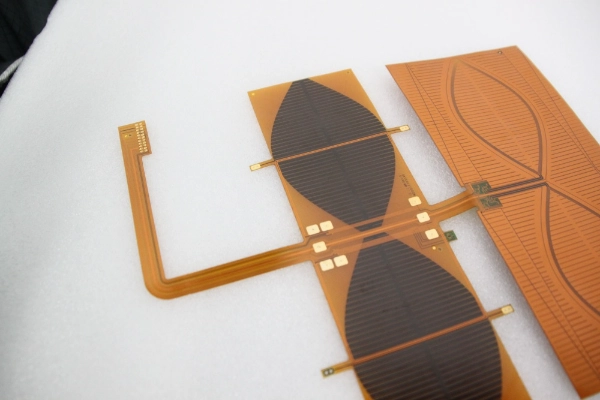When it comes to interior design, few elements evoke a sense of nostalgia and warmth quite like beadboard. This classic architectural feature has stood the test of time, finding its place in various settings, from traditional homes to modern spaces. But what exactly is beadboard, and how can it be utilized to enhance your living environment? In this article, we will delve into the intricacies of beadboard, exploring its history, types, applications, and tips for incorporating it into your home.
What is Beadboard?
Beadboard is a type of paneling characterized by its distinctive grooves and ridges, which create a series of vertical or horizontal lines. Traditionally made from wood, beadboard can also be found in materials such as MDF (medium-density fiberboard) and PVC (polyvinyl chloride). The term beadboard derives from the small, rounded beads that separate the grooves, giving it a unique texture and visual appeal.
A Brief History of Beadboard
Beadboard has its origins in the 18th century, primarily used in colonial American homes. It served both functional and aesthetic purposes, providing insulation and protection for walls while adding a decorative touch. Over the years, beadboard has evolved, adapting to various architectural styles and trends. Its resurgence in popularity in the late 20th century can be attributed to the growing interest in vintage and farmhouse aesthetics.
Types of Beadboard
- Wood Beadboard: The traditional choice, wood beadboard offers a warm, natural look. It can be stained or painted to match any decor style, making it a versatile option for various applications.
- MDF Beadboard: Medium-density fiberboard beadboard is a cost-effective alternative to wood. It is easy to install and paint, making it a popular choice for DIY projects. However, it may not have the same durability as solid wood.
- PVC Beadboard: This synthetic option is resistant to moisture and rot, making it ideal for high-humidity areas like bathrooms and kitchens. PVC beadboard is also easy to clean and maintain, offering a practical solution for busy households.
Applications of Beadboard
Beadboard can be used in a multitude of ways, enhancing both the aesthetic and functional aspects of a space. Here are some popular applications:
- Wall Paneling: One of the most common uses of beadboard is as wall paneling. It can be installed in entire rooms or as wainscoting to add texture and depth to walls. Beadboard wainscoting is particularly popular in dining rooms, hallways, and bathrooms.
- Ceilings: Installing beadboard on ceilings can create a cozy, cottage-like atmosphere. It adds visual interest and can make a room feel taller, especially when installed vertically.
- Cabinetry: Beadboard can be used on cabinet doors to create a charming, vintage look in kitchens and bathrooms. It adds character and can be painted or stained to match existing decor.
- Furniture: Incorporating beadboard into furniture design, such as headboards or side tables, can elevate the overall aesthetic of a room. It provides a unique texture that complements various styles.
- Accent Features: Beadboard can also be used as an accent feature, such as a backsplash in kitchens or as part of a decorative wall panel. This allows homeowners to create focal points that draw the eye and enhance the overall design.
Tips for Incorporating Beadboard into Your Home
- Choose the Right Material: Consider the environment where you plan to install beadboard. For high-moisture areas, opt for PVC or treated wood to ensure longevity.
- Color and Finish: Beadboard can be painted or stained to fit your design scheme. Lighter colors can make a space feel larger, while darker shades can add warmth and intimacy.
- Installation Techniques: Whether you choose to hire a professional or tackle a DIY project, ensure that the beadboard is properly installed. Pay attention to the alignment of the grooves for a seamless look.
- Mix and Match: Don’t be afraid to combine beadboard with other materials. Pairing it with shiplap or traditional drywall can create a dynamic and visually appealing space.
- Consider Scale: The size of the beadboard panels can impact the overall look of a room. Larger panels may work well in spacious areas, while smaller panels can add detail to more intimate spaces.
Conclusion
Beadboard is more than just a decorative element; it is a versatile design feature that can enhance the aesthetic and functional aspects of any space. With its rich history and various applications, beadboard continues to be a beloved choice for homeowners and designers alike. Whether you’re looking to add a touch of vintage charm or create a modern twist, beadboard offers endless possibilities for transforming your home into a warm and inviting sanctuary. Embrace the timeless appeal of beadboard and let it inspire your next design project.

